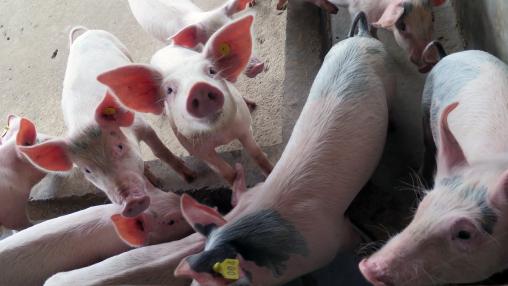
Food security and economic impacts of African swine fever: New FSP tool launched
In 2018, African swine fever (ASF), a deadly hemorrhagic disease found in pigs, was reported for the first time in China. By mid-2019, the disease had infected hundreds of millions of pigs—anywhere from 30 to 70 percent of the country’s swine population. Millions of pigs were culled in an effort to slow the spread of the disease, resulting in a drastic reduction in the volume of Chinese pork produced.
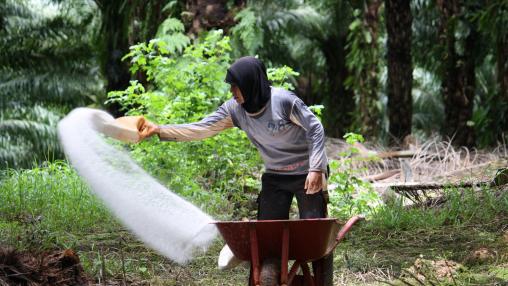
Commodity Prices Reach Highest Level since July 2011: FAO Food Price Index, AMIS Market Monitor Released
The FAO Food Price Index rose 3 percent in October to reach its highest level since July 2011. The October Index stood 31.3 percent higher than its October 2020 levels. Last month’s increase was driven primarily by cereal (particularly wheat) and vegetable oil prices.
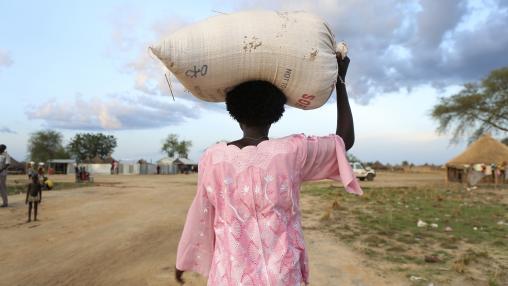
Acute Hunger Continues to Rise Globally: Global Report on Food Crises Mid-Year Update Released
Alarming levels of hunger and food insecurity are on the rise across the globe. According to the September 2021 mid-year update to the 2021 Global Report on Food Crises (GRFC), an estimated 161 million people in 42 countries/territories have faced Crisis-level (IPC/CH Phase 3) food insecurity or higher. This number is up from the estimated 155 million acutely food-insecure people reported by the GRFC for 2020.

Food, fertilizer prices continue to rise: Latest FAO Food Price Index and AMIS Market Monitor Released
The FAO Food Price Index continued to rise in September, driven by increasing cereal and vegetable oil prices. The Index was up 1.2 percent from August 2021 and 32.8 percent from September 2020.

FAO Food Price Index Rebounds in August
After declining in June and July, the FAO Food Price Index rose quickly again in August and reached 32.9 percent higher than August 2020 levels. The increase was driven by rising cereal and vegetable oil prices, as well as by rises in sugar prices.
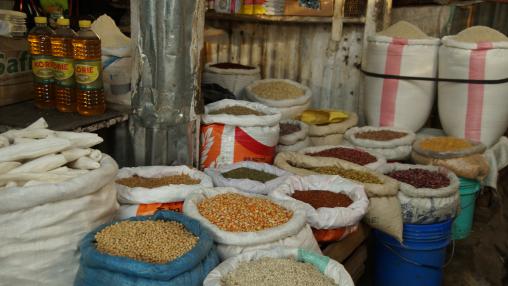
Rising food prices are a concern but no reason for panic yet
Global food prices are on the rise. FAO’s Food Price Index indicates prices in international markets have risen by 40 percent from a year ago (May 2020). Prices of vegetable oils in particular have surged, showing an increase by almost 110 percent over the past year. Other commodity prices, like those for metals, oil, and other minerals prices also have shown sustained increases since mid-2020.
How concerned should we be?
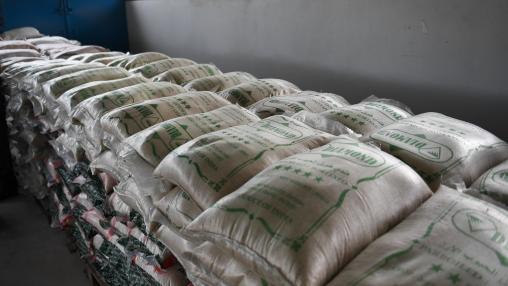
FAO, AMIS Report Ongoing Price Increases, Warn of Potential Price Volatility
The FAO Food Price Index continued its 11-month climb in April, rising by 1.7 percent from March 2021. The Index also surged 30.8 percent above its April 2020 levels to reach its highest level seen since May 2014.
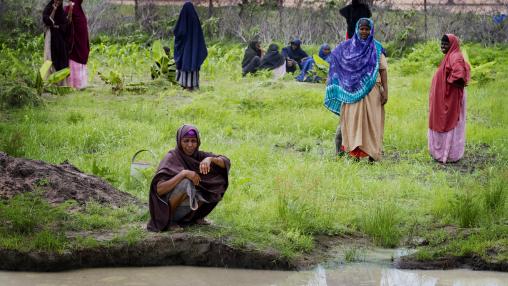
Mutually reinforcing factors led to soaring food insecurity in 2020: 2021 Global Report on Food Crises Released
The number of people around the world facing severe food insecurity skyrocketed by 20 million in 2020, according to the 2021 Global Report on Food Crises, released today. Acute food insecurity now affects at least 155 million people across 55 countries/territories, with some regions facing famine-level hunger. In light of these soaring numbers, the UN Sustainable Development Goal (SDG) of zero hunger by 2030 seems to have gotten further from reach.
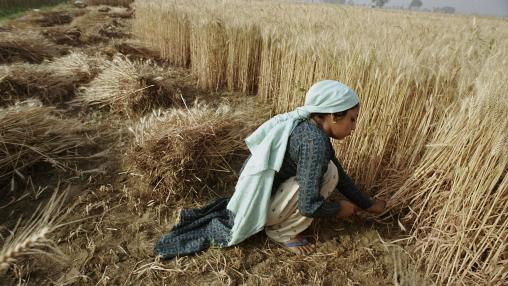
COVID crisis is fueling food price rises for world's poorest
Over the last year, COVID-19 has undone the economic, health and food security of millions, pushing as many as 150 million people into extreme poverty. While the health and economic impacts of the pandemic have been devastating, the rise in hunger has been one of its most tangible symptoms.
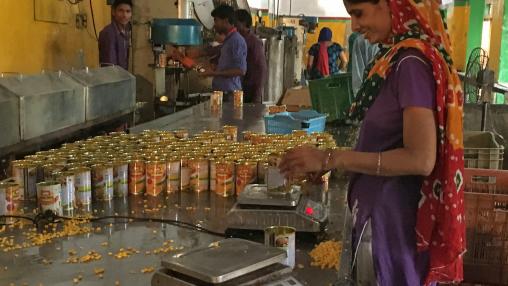
FAO Food Price Index Continues Nine-Month Climb
The FAO Food Price Index continued to climb for the ninth consecutive month. Food prices rose by 2.4 percent in February to reach the highest levels seen since July 2014.